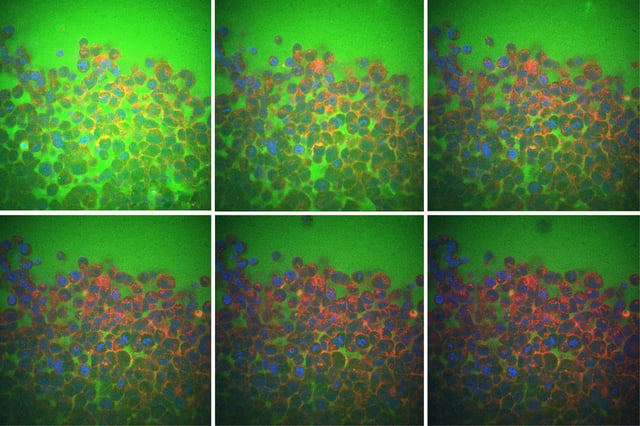Overview
- Experiments show that fluid flow between cells dictates tissue compliance and relaxation under compression.
- Observations across various tissue types revealed that larger clusters take longer to relax, confirming the dominance of interstitial fluid movement.
- These findings overturn the long-held view that a tissue’s mechanical response is governed primarily by its internal cellular architecture.
- The insights could guide the design of artificial tissues and targeted therapies by manipulating intercellular fluid pathways for enhanced resilience and delivery.
- The team will next explore how modulating fluid dynamics between cells affects brain function in Alzheimer’s disease.
